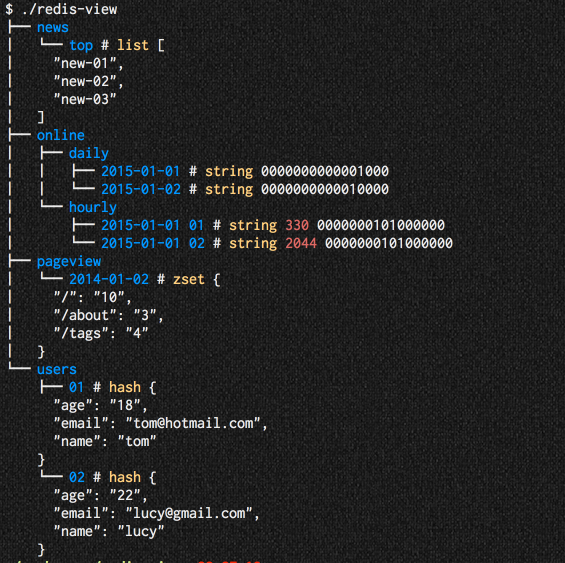Your basic graph 
Golang library of basic graph algorithms
Topological ordering, image by David Eppstein, CC0 1.0.
This library offers efficient and well-tested algorithms for
- breadth-first and depth-first search,
- topological ordering,
- strongly and weakly connected components,
- bipartion,
- shortest paths,
- maximum flow,
- Euler walks,
- and minimum spanning trees.
The algorithms can be applied to any graph data structure implementing the two Iterator methods: Order, which returns the number of vertices, and Visit, which iterates over the neighbors of a vertex.
All algorithms operate on directed graphs with a fixed number of vertices, labeled from 0 to n-1, and edges with integer cost. An undirected edge {v, w} of cost c is represented by the two directed edges (v, w) and (w, v), both of cost c. A self-loop, an edge connecting a vertex to itself, is both directed and undirected.
Graph data structures
The type Mutable represents a directed graph with a fixed number of vertices and weighted edges that can be added or removed. The implementation uses hash maps to associate each vertex in the graph with its adjacent vertices. This gives constant time performance for all basic operations.
The type Immutable is a compact representation of an immutable graph. The implementation uses lists to associate each vertex in the graph with its adjacent vertices. This makes for fast and predictable iteration: the Visit method produces its elements by reading from a fixed sorted precomputed list.
Virtual graphs
The subpackage graph/build offers a tool for building graphs of type Virtual.
In a virtual graph no vertices or edges are stored in memory, they are instead computed as needed. New virtual graphs are constructed by composing and filtering a set of standard graphs, or by writing functions that describe the edges of a graph.
The following standard graphs are predefined:
- empty graphs,
- complete graphs and complete bipartite graphs,
- grid graphs and complete k-ary trees,
- cycle graphs and circulant graphs,
- and hypergraphs.
The following operations are supported:
- adding and deleting sets of edges,
- adding cost functions,
- filtering graphs by edge functions,
- complement, intersection and union,
- subgraphs,
- connecting graphs at a single vertex,
- joining two graphs by a set of edges,
- matching two graphs by a set of edges,
- cartesian product and tensor product.
Non-virtual graphs can be imported, and used as building blocks, by the Specific function. Virtual graphs don't need to be “exported”; they implement the Iterator interface and hence can be used directly by any algorithm in the graph package.
Installation
Once you have installed Go, run this command to install the graph package:
go get github.com/yourbasic/graph
Documentation
There is an online reference for the package at godoc.org/github.com/yourbasic/graph.
Roadmap
- The API of this library is frozen.
- Bug fixes and performance enhancement can be expected.
- New functionality might be included.
- Version numbers adhere to semantic versioning.
The only accepted reason to modify the API of this package is to handle issues that can't be resolved in any other reasonable way.
New features and performance enhancements are limited to basic algorithms and data structures, akin to the ones that you might find in a computer science textbook.
Stefan Nilsson – korthaj


